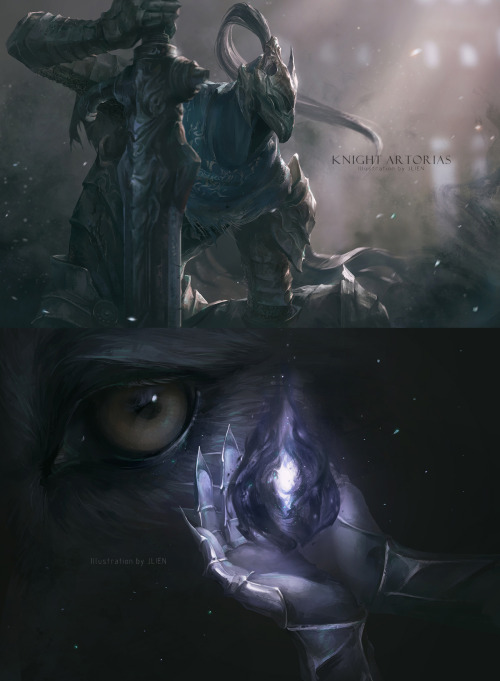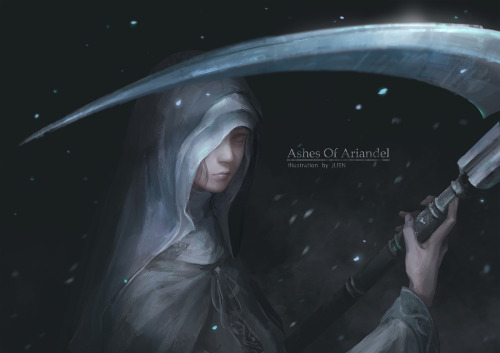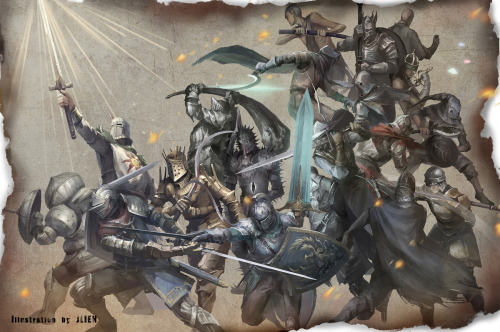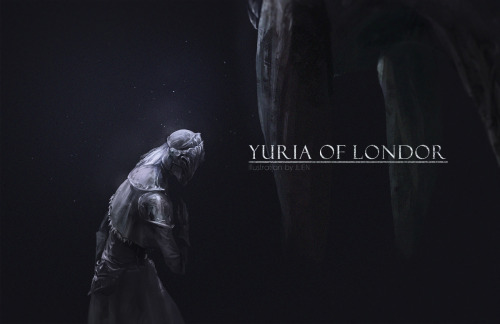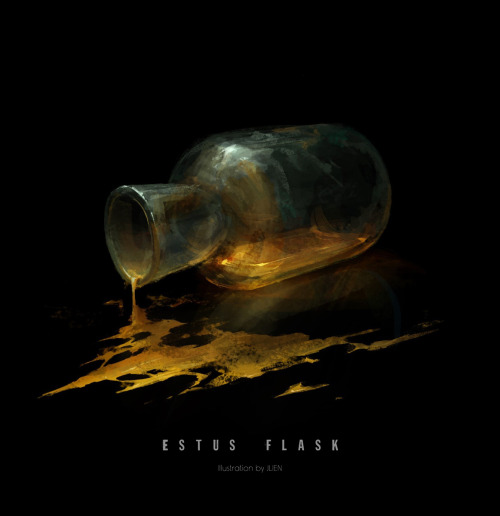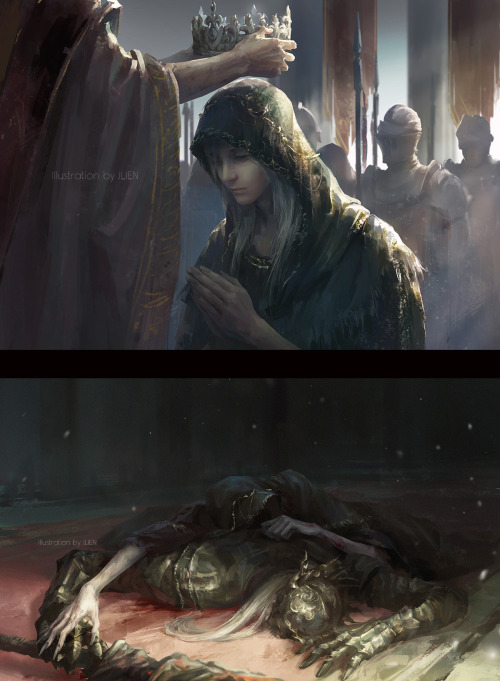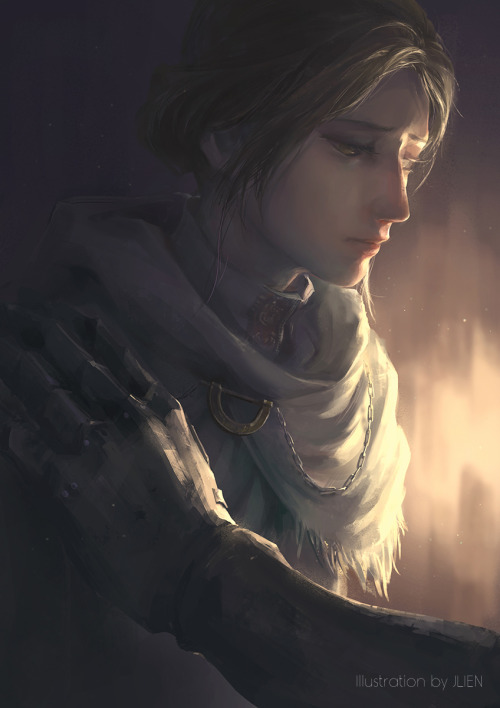Bosco Verticale (Vertical Forest) Is A Pair Of Residential Towers In The Porta Nuova District Of Milan,

Bosco Verticale (Vertical Forest) is a pair of residential towers in the Porta Nuova district of Milan, Italy, between Via Gaetano de Castillia and Via Federico Confalonieri near Milano Porta Garibaldi railway station. They have a height of 110 metres (360 ft) and 76 metres (249 ft) and will host more than 900 trees (approximately 550 and 350 trees in the first and second towers respectively) on 8,900 square metres (96,000 sq ft) of terraces. Within the complex is also an 11-story office building; its facade does not host plants.
The towers were designed by Boeri Studio (Stefano Boeri,Gianandrea Barreca and Giovanni La Varra). It also involved input from horticulturalists and botanists. (Source)
More Posts from Othermanymore and Others

Idnrik-beast (rus. Индрик, derived from old rus. Inorog (Инорог) — “unicorn”) — is a mythological “father of all beasts” from russian legendary. Mentioned in famous Golubinaya (Голубиная) Book (a collection of Eastern-Slavic folk spiritual poems and psalms of the late XV — early XVI century). It is believed that Indrik took form of an enormous creature with a bull’s body, head of a horse and legs of a deer. The can have both one or two horns. Indrik is a master of all groundwaters and underground troves, the protector and king of animals. According to many works of folklore, under certain circumstances Indrik can act as a magical helper of the hero, helping him to find treasure and get rid of the enemies.
Hello! I have a plan to get my main character injured by the antagonist. But, since the mc lives, is it better to describe the danger or get the mc injured so he (and the audience) would have no questions about the seriousness of the antagonist?
When to Injure Your MC
If you ask many writers why they beat their characters up so much, the immediate playful answer might be “Because it’s fun!” but there is (or should be) some strategy involved in when and how you injure your main character. So before I answer the question directly, I’m going to discuss these strategies a little.
Reasons to Injure a Character:
1. To create additional challenges in a high-stakes situation
If a character’s journey has been fairly easy to far, an injury is one way to complicate things. But the only way it works is if the injury lasts long enough to really hinder them.
For instance, if you have a character that has the magical ability to heal others, then a character being injured and then healed two minutes later doesn’t create much of a challenge, nor does it heighten suspense since the character’s life was never truly in danger. So an injury that’s introduced to complicate things should take some time to recover from, and it’s usually more realistic anyway, especially when you consider the tortuous stuff we do to our MCs sometimes.
However, if you do have a healer character, and they’re currently separated from the character you injure, then a challenge is immediately presented. The injured character has to continue their journey through the injury, to either reach their destination or be reunited with the healer that can help them.
2. To foreshadow a future situation
The situation I described above, where a character is injured and then healed two minutes later, could work, if it’s being used to foreshadow the second situation I described, where the two characters are separated. Showing the healer in action early in the story can foreshadow a later complication when the healer is unable to assist their companion, whether it’s due to a separation or a sudden loss of powers.
It can also work as exposition to show the way the healer’s power works.
3. To show the antagonist’s maliciousness
The anon above suggested they injure their character to show the antagonist means business, and that definitely qualifies as a good reason to injure a character.

See, when an antagonist hurts a character - and not just an MC, but anyone - they show that they don’t care who gets in their way. They want what they want, and in their opinion, the ends justifies the means. Even when a character isn’t necessarily in their way, and they do it for pleasure, it tells a reader a great deal about the antagonist’s psyche, and how far they’ll go to further their own agenda.
My only caution here is to be wary of how often you’re using this reason. Often times it becomes easy to justify an antagonist’s plan by saying “They’re evil and they enjoy torturing people.” But villains who are evil just for the pure enjoyment of it grow uninteresting and predictable quickly. So despite the pleasure they get out of hurting people, they must have some greater scheme in front of them. Some ultimate gain that they’re hoping to achieve. A combination of these two things can breed a fascinating antagonist.
4. To deepen a character bond or relationship
Injuries or illness are great opportunities to write a dynamic where one character is taking care of another, showing how close the two characters are, and how attentively they’ll care for the other. But this dynamic is most compelling when it’s a reversal, such as a little brother taking care of an older one, or when someone who the protagonist has built up to be invincible is suddenly sidelined and needs the protagonist’s help.
Like the previous reason, i would just be careful how frequently this occurs. Situations like these are more effective when they’re big, and they last long term, rather than several smaller instances where a character keeps getting hurt and cared for.
There may be other reasons out there to justify injuring a character that I haven’t thought of here, but I can surely tell you one reason not to:
Avoid injuring a character purely for the fun of it.
Now listen, what you do in your own private writing universe is your own business, and if you want to put your characters through hell because it’s fun, I commend you for finding so much joy in the process of writing and I encourage you to keep at it. But when it comes to finding an audience, and telling a cohesive, well-paced, well-plotted story, you gotta start considering each move you make as a writer, and ask yourself if each plot point needs to be there.
Back to the anon…
Now that I’ve gone into all this detail, let me get back to the specific question that the anon asked. Since the character ultimately lives, is it better to just show the possible danger, or to actually have the antagonist injure them to show they’re serious?
My answer to you would be that you could injure the character, since your reasoning falls within the reasons I listed here (reason #3), and it would be even better if it qualified for two reasons, such as delaying their progress to achieve their goal (reason #1) or repairing a strained relationship when a companion must take care of them (reason #4).
Your argument that the character lives (so why bother?) ignores the need for conflict in a story. Readers appreciate conflict, as long as there are logical reasons for it, and if you consider these reasons I discussed, you should be in great shape.
However, I think that you could show your antagonist’s malicious intentions without injuring the character, if you felt the injury would be too much for an already conflict-heavy plot. The antagonist might show anger/violence towards the people working for them (out of frustration), or even to innocent bystanders, or other minor characters whose fates we’re not as tied up in. So I think there are still options for you if you wanted to avoid an injury.
-Rebekah

Heinrichite
Ba(UO2)2(AsO4)2·10H2O
Locality:
Schmiedestollen dump, Wittichen, Schenkenzell, Black Forest, Baden-Württemberg, Germany
Field of View: 1.84 mm
Coll.& photo Ko Jansen

A Seljuk (or Seljuq) silver ring depicting a lion, dated to the 11th to 12th centuries CE. This image was found on WordPress and attributed to Christie’s.








In memory of some of the amazing, talented and beautiful people we have lost this year. May they rest in peace.
-
 co77ee reblogged this · 3 months ago
co77ee reblogged this · 3 months ago -
 you-gonna-love-it reblogged this · 4 months ago
you-gonna-love-it reblogged this · 4 months ago -
 you-gonna-love-it liked this · 4 months ago
you-gonna-love-it liked this · 4 months ago -
 cinemaven99 liked this · 6 months ago
cinemaven99 liked this · 6 months ago -
 jackdelshire reblogged this · 10 months ago
jackdelshire reblogged this · 10 months ago -
 jackshire liked this · 10 months ago
jackshire liked this · 10 months ago -
 deamn liked this · 1 year ago
deamn liked this · 1 year ago -
 cashulette-blog liked this · 1 year ago
cashulette-blog liked this · 1 year ago -
 mindfuckboy liked this · 1 year ago
mindfuckboy liked this · 1 year ago -
 muttlu liked this · 1 year ago
muttlu liked this · 1 year ago -
 aydauzayda reblogged this · 1 year ago
aydauzayda reblogged this · 1 year ago -
 aydauzayda liked this · 1 year ago
aydauzayda liked this · 1 year ago -
 senpaimilktea liked this · 1 year ago
senpaimilktea liked this · 1 year ago -
 james2818 liked this · 2 years ago
james2818 liked this · 2 years ago -
 australiananimalcollective reblogged this · 2 years ago
australiananimalcollective reblogged this · 2 years ago -
 tcrcase reblogged this · 2 years ago
tcrcase reblogged this · 2 years ago -
 xandratheking liked this · 2 years ago
xandratheking liked this · 2 years ago -
 beauty-has-its-beast reblogged this · 3 years ago
beauty-has-its-beast reblogged this · 3 years ago -
 tumblurrrred reblogged this · 3 years ago
tumblurrrred reblogged this · 3 years ago -
 mozookgg reblogged this · 3 years ago
mozookgg reblogged this · 3 years ago -
 tumblurrrred reblogged this · 4 years ago
tumblurrrred reblogged this · 4 years ago -
 gradea87 reblogged this · 4 years ago
gradea87 reblogged this · 4 years ago -
 kindsweetme-blog liked this · 4 years ago
kindsweetme-blog liked this · 4 years ago -
 deylo2 liked this · 4 years ago
deylo2 liked this · 4 years ago -
 thomasbrisenio liked this · 4 years ago
thomasbrisenio liked this · 4 years ago -
 calebdallen reblogged this · 4 years ago
calebdallen reblogged this · 4 years ago -
 calebdallen liked this · 4 years ago
calebdallen liked this · 4 years ago -
 xxwatupxx reblogged this · 4 years ago
xxwatupxx reblogged this · 4 years ago -
 1soulonamission liked this · 4 years ago
1soulonamission liked this · 4 years ago -
 perfe5t reblogged this · 4 years ago
perfe5t reblogged this · 4 years ago -
 fernwehfy reblogged this · 4 years ago
fernwehfy reblogged this · 4 years ago -
 mewiegoop liked this · 5 years ago
mewiegoop liked this · 5 years ago -
 mistoavity reblogged this · 5 years ago
mistoavity reblogged this · 5 years ago -
 mistoavity liked this · 5 years ago
mistoavity liked this · 5 years ago -
 decresenttt reblogged this · 5 years ago
decresenttt reblogged this · 5 years ago -
 decresenttt liked this · 5 years ago
decresenttt liked this · 5 years ago -
 jorgegalmiche liked this · 5 years ago
jorgegalmiche liked this · 5 years ago






